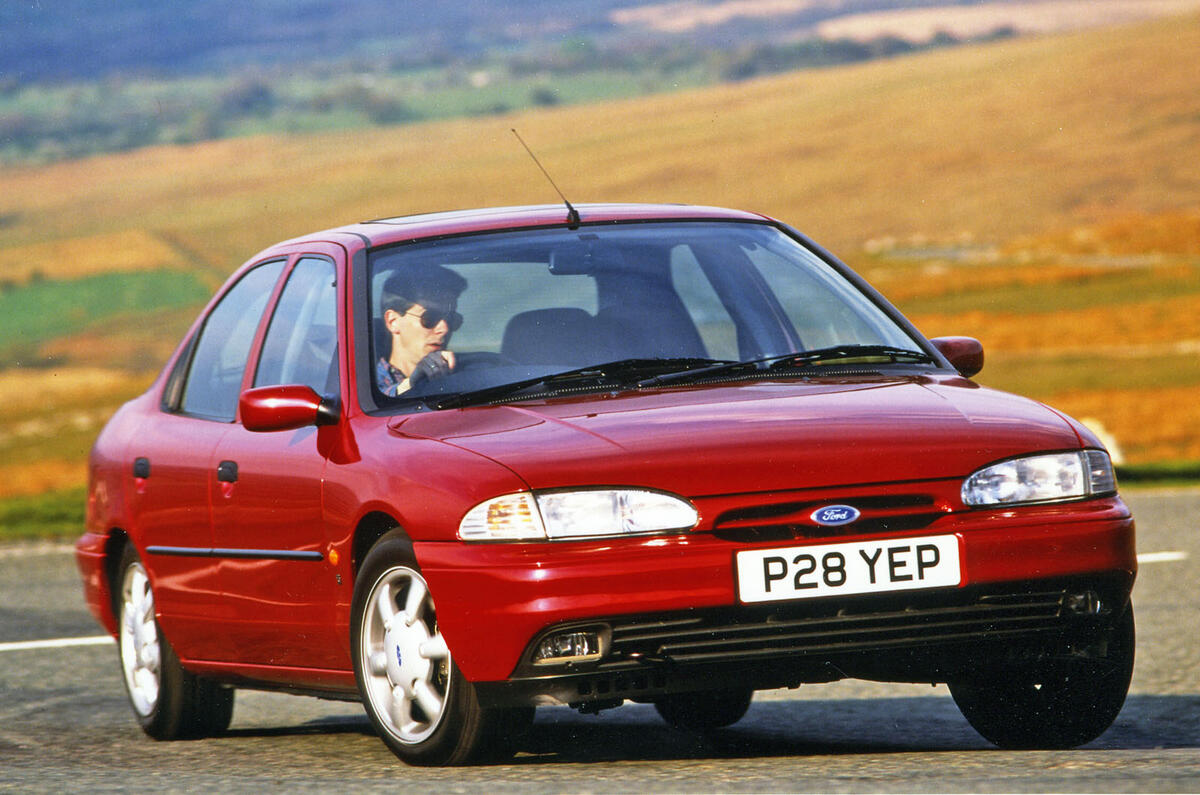The Ford Mondeo blew the doors off the mainstream car market almost a quarter of a century ago.
The 1993 Mondeo completely recalibrated what could be achieved by mass-market car makers and it was followed, in 1998, by the equally radical Ford Focus.
But building a reputation for fine-handling cars has not helped Ford’s European division prosper in the way you might expect. When the execrable 1990 Ford Escort was launched, Ford sold around 1.5 million cars in Europe, about 11.5% of the market. Annual sales drifted down to 1.28m in 2009 and eventually bottomed out at around 920,000 units and a 7.5% market share in 2013.
Ford of Europe has also been a formidable lossmaking machine, suffering $4.5 billion (£3.4bn) in pre-tax losses between 2011 and 2014, according to the Financial Times. An 8% rise in sales in 2015 realised a small £199m profit.
As the FT pointed out, Ford was still the second-biggest brand in Europe last year after Volkswagen, as well as the biggest name in commercial vehicle sales. However, 2015 profit margins were said to be just 0.9%. Ford, like most mass makers, is suffering from the rise of premium brands and rapid expansion of rivals.
The FT quoted Jim Farley, boss of the Ford’s Europe and Middle East operations, as saying bigger margins would be chased through SUVs, crossovers and performance spin-offs.
Ford is not only anchored in the beleaguered mass market, but it is also missing out on the premium-brand boom, having disposed of Jaguar Land Rover and Volvo some years ago. Both of those brands are now thriving. Ford’s limited response is the super-specced Vignale sub-brand.
Ford also missed out on the beginning of the B-segment SUV boom, commissioning the slow-selling Ford B-Max baby MPV instead of something more like a Renault Captur. The hastily introduced Ford Ecosport crossover didn’t do badly, with 40,000 sales last year, but the Captur hit 194,000 units.
Read more: 2017 Ford Fiesta - next-gen hatchback chases premium feel





Join the debate
Add your comment
Ford no longer have much of a clue
This is how to fix it - decide what vehicles to build and sell, and do a "Fiesta" (not an EcoSport, Ka+, Edge, B max, Scorpio, Cougar, or Maverick) on them. I
Focus ST Estate
Badly built S Max